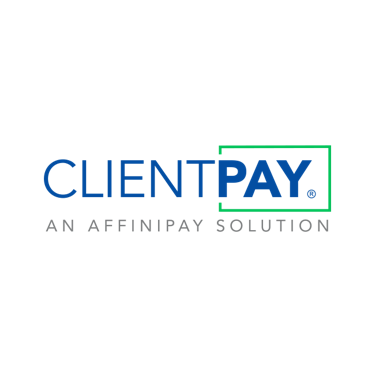Accounts Receivable Strategies for Architects and Designers

Every pragmatic business and professional practice owner expects that some percentage of their billed services will not be paid or at least not paid on time. Many businesses actually accommodate for “bad debt” in annual budgeting.
Even small fluctuations in an architect’s collection rate can have a huge impact on their bottom line. So the question becomes, how can you improve your cash flow and your revenue?
Let’s start with a basic premise: If your pay is dependent upon bringing money in the door, you want to collect on as many outstanding invoices as possible. In your quest to collect, consider these important questions: How can I ensure that all or most of my bills get paid, and get paid on time? What behaviors, habits, skills, and processes will help maximize my collections?
Historical ways architects and professionals have tried to maximize collections include:
- Requiring “cash upfront” for work on a project
- Obtaining a large retainer sufficient enough to cover the expected fees and expenses
- Simply restricting work to predictable clients or controllable tasks
But all of the above methods can be restrictive and contrary to a growth-oriented firm. Architects know that even if they turn out excellent work-product, obsolete or rigid billing practices can divert good prospective clients to firms that provide more payment options and flexibility.
Now that Q4 is upon us, many firms are starting to think about their end-of-year finances and what can be done to increase their receivables and decrease the amount of bad debt they currently have on their books.
A firm’s ultimate goal is generally to enter Q1 and the new year sans unpaid client invoices and expenses. This is especially true this year when projects and cash flow have slowed across much of the industry due to the coronavirus pandemic and resulting economic slowdown.
As professionals must account for both their time and their collections, it is imperative that you have a strategy to tackle your aged accounts receivable, lest they go unpaid. Remember, the longer a bill sits unpaid, the less likely it is that it will ever get paid.
In our new e-book, "Finish Strong: How to End the Year on Better Financial Footing," we discuss steps that you can utilize in your firm to help you speed up your cash flow and clear out your tagged receivables before the end of the year.